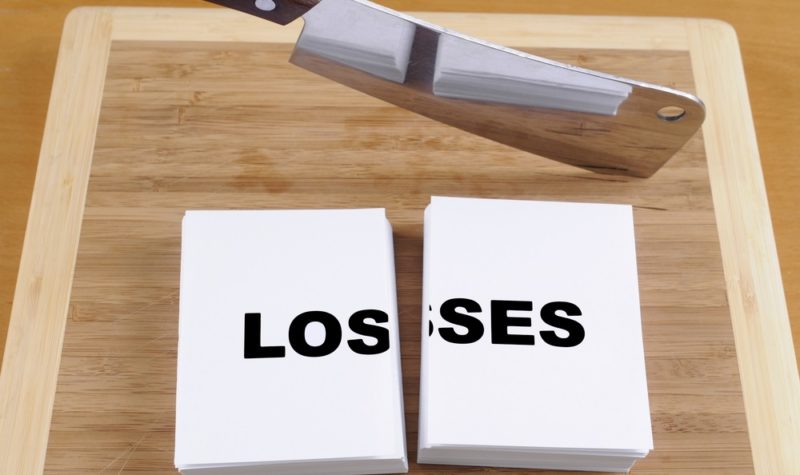Aggressive Trades – Low-Risk Trade Management (Part 2)

In the last blog post, I wrote about how the most precarious part of trading is similar to flying: take-off and landing. In that post I looked at entering a trade; in this post I shall examine exiting, or managing a trade. First off, quite obviously if your trade is losing money and has hit your risk limit then obviously close it. The trades I’m talking about here are ones that have done well and are now at a turning point.
I tend to split, albeit notionally, trades into several parts. One of the counter-intuitive parts of trade management is to pile on more positions while you’re winning. The intuitive thing is to nip profits in the bud and bank them. But we must go with the counter-intuitive approach if we are to make money. Once you have a position which is in profit, if another valid entry point presents itself remember that not only do you have no risk on the first position, but you can put the next one on with less risk than before if you use the profits from the first position to calculate your risk on the second, and so on. This is how you make big profits, by building on successful trades.
The difficulty comes though, not when you have a clear chance to enter with a second position on top of the first, but when a crossroads is reached and it could go either way. A historical support or resistance for example. It could still be a chance for another position on top, but if it were an ATH being challenged weakly for the first time then you might want to buy time to decide what to do. Well that’s exactly what selling half does. It buys you time. You bank some profits and in doing so only half the risk remains on the other part of the trade. You can then make the stop a bit looser for example, without increasing the risk. This might be desirable as the volatility often increases around decision levels.
You can then choose whether to stake the profits taken and build them into the looser stop on the remaining half, or keep the stop and take your chances. If you get stopped out and end up with 75% of the profits by playing safe, it’s not a bad trade off against the reduced risk of the chance to make 125%, and possibly get the other half back on at a pull back. Overall it may be as if you’d never sold half at all.
Why stop at two parts to a trade? Well indeed. I usually go for three: two thirds are the normal trade in two halves, the remaining third is usually a bit more speculative, but sometimes more conservative so that if the rest fails I’ve banked something. It’s a ‘horses for bourses’ approach. I may even have different stops on the three parts. Don’t be afraid to experiment.
In the next post I shall illustrate a trade and the trade management choices as it goes along.
Comments (0)